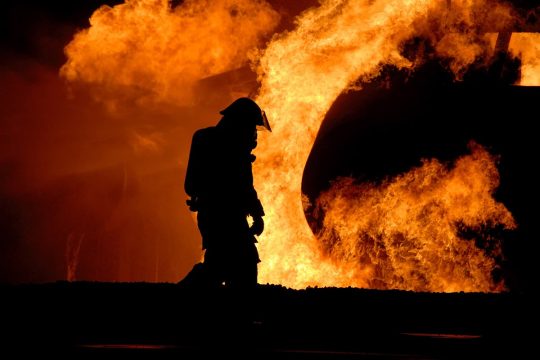Florida Burn Injury Lawyer
If you have suffered a burn injury in Florida, it is important to seek legal help from a local Burn Injury Lawyer to know your rights and get the compensation you deserve. Contact us for a Free Consultation.
4.8/ in +600 Google Reviews
Free Case Evaluation
all fields required *
















